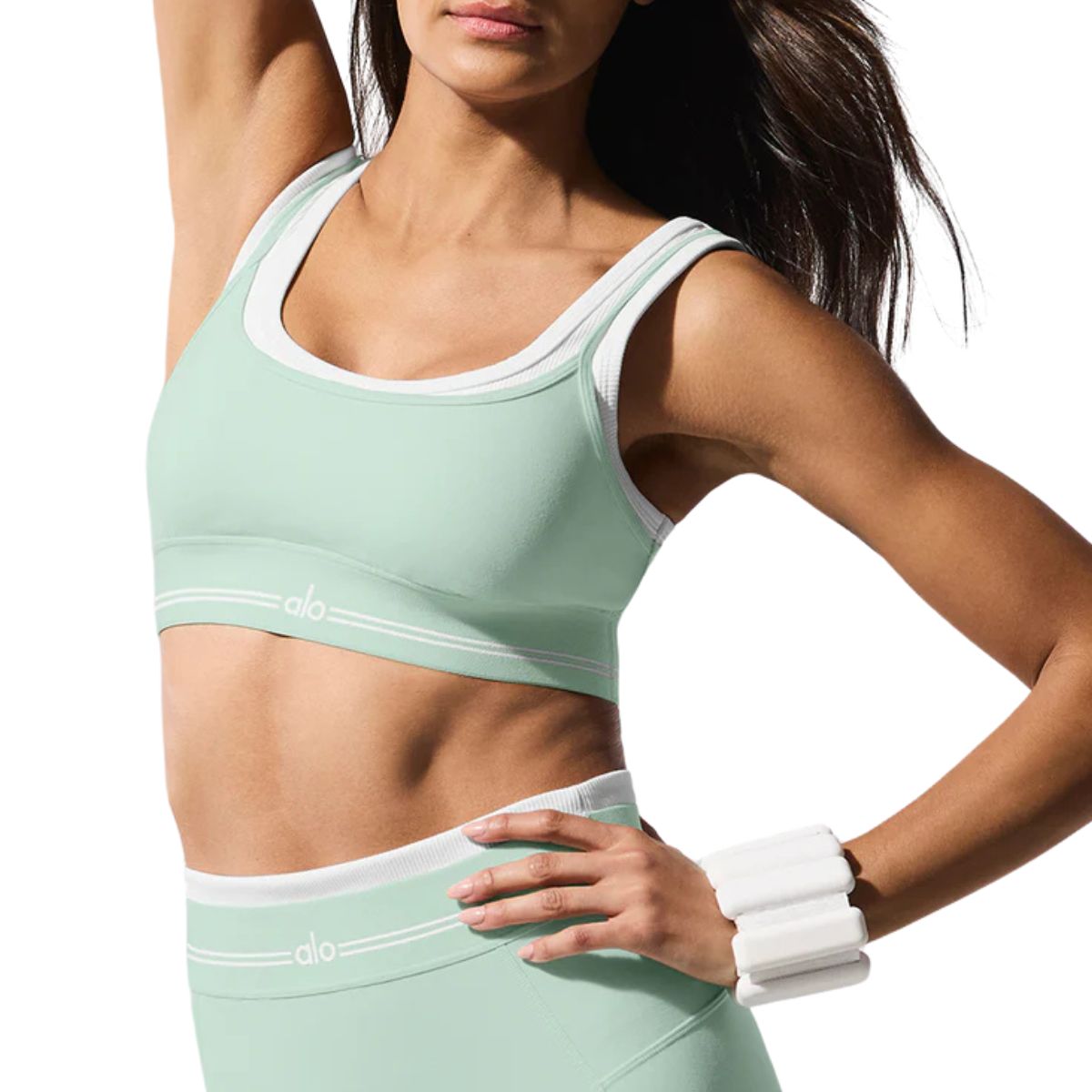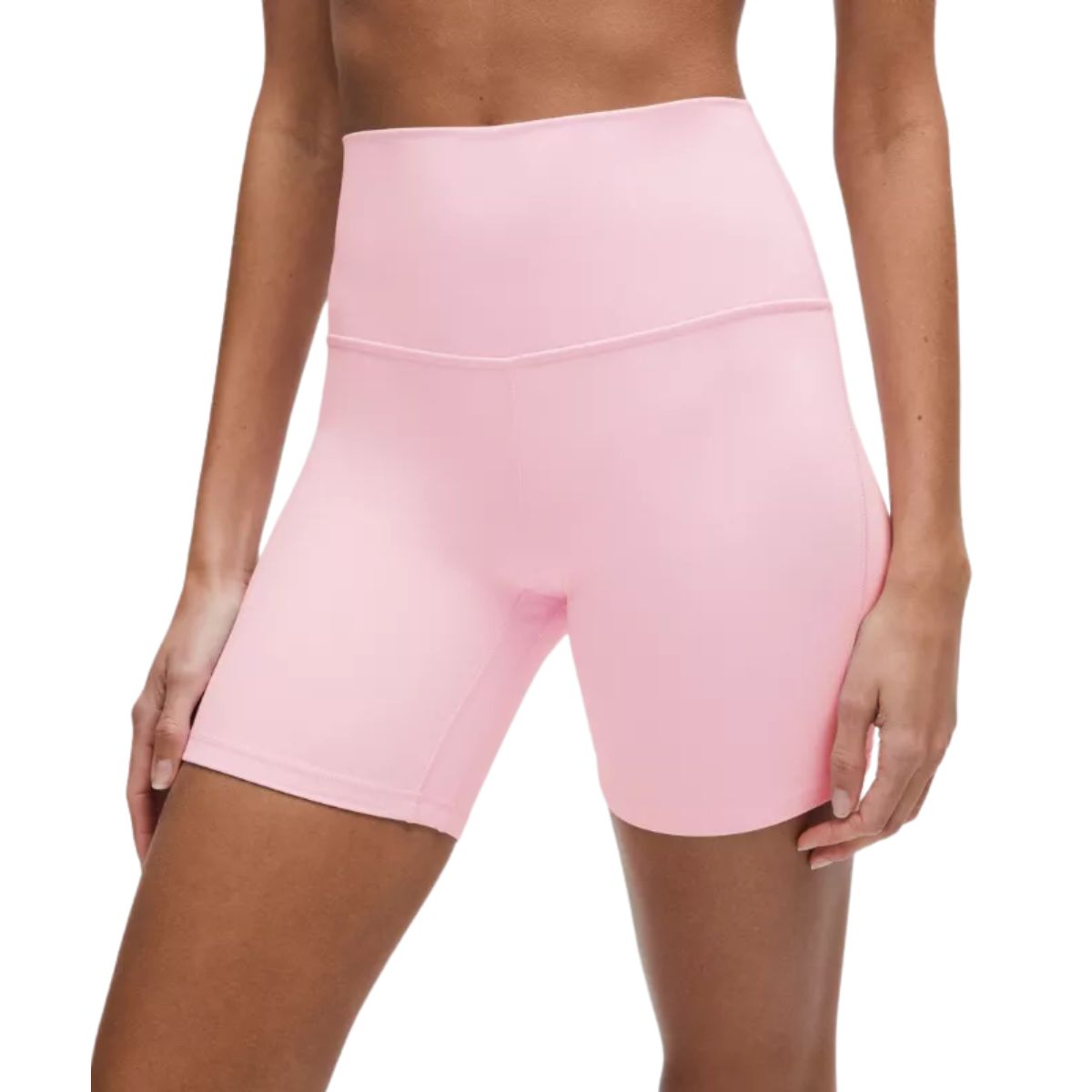Forget Crunches and Sit Ups - the Corkscrew Method Is the Easiest Way To Sculpt a Strong, Toned Core
One of the best core workouts you can do? We're in.


Fitness fads may come and go, but there's one thing that's always in style: a strong core. Whether you're a Hyrox addict, a Pilates princess or a running regular, maintaining a stable, functional core is key to perfecting performance. And even if your idea of a workout is wandering to your local bookstore to add to your to-be-read pile (and, to be quite honest, we're on board), you don't want to overlook the functional benefits of a decent set of abs and obliques.
In case you missed it, the pros of a solid core workout are myriad. From improving posture and reducing lower back pain to better balance, stability and ease of movement, not forgetting enhanced athletic performance (yes, really), it's little surprise that we're all a bit obsessed with our abs. But make no mistake: we're not talking merely about aesthetics, here. Sure, some visible muscles might be a nice side-effect of honing a strong core (if you happen to have a great lifestyle and the genetic lottery in the bag, too - without which, your purusit of visible abs will likely prove fruitless) but we're far more into the functional fitness gains you'll notice.
And you won't have to scroll too far to find the science stacks up, too. Studies (like this one, published in the Musculoskeletal Journal of Hospital for Special Surgery) show how core strength work can even benefit breathing, while others (such as this one, published in the Journal of Behavioural Science), focus on the importance of a stable mid-section for any kind of athletic movement.
But despite this, there's a tendency to associate training our core with crunches and sit-ups. Not so, the experts advise; there's one move that trainers claim is even more effective than a hundred crunches.
And we're done gatekeeping this one: the word is out. The corkscrew method is your one-move answer to the core of your dreams - and we're here to tell you exactly how it's done. You can thank us later, but in the meantime, do check out our guides to the best advanced Pilates core exercises, the best Pilates core exercises, and the best wall Pilates core exercises, to boot. We've also got guides to the best core activations and the best core home workouts under 30 minutes, plus find out how one Health Writer got on when she tried the viral Daisy Keech ab workout, here.
The corkscrew method is rumoured to be the best core move of all time - here's how it's done
What is the corkscrew method?
First things first, though: what on earth even is the corkscrew method? Well, you can relax: it's simpler than it sounds. A classical mat Pilates exercise, it's the 10th move in Joseph Pilates' original 34-move repertoire. Essentially an extension of the open leg rocker, it involves lying supine (on your back) and using your core to raise the legs and rotate them in a corkscrew fashion.
"The corkscrew is a classical Pilates mat exercise that targets the deep core muscles, particularly the obliques and lower abdominals," explains Paola Di Lanzo, personal trainer and founder of Paola's Body Barre. "One of the more advanced moves, the corkscrew utilises the core to lift your legs and move them in a controlled, circular motion."
Celebrity news, beauty, fashion advice, and fascinating features, delivered straight to your inbox!
What are the benefits of the corkscrew method?
Like all Pilates moves, mastering the corkscrew method comes with a range of benefits for both body and mind. Let's take a look.
1. It builds deep core strength
As mentioned above, the corkscrew is pretty much the GOAT when it comes to core strengthening moves.
"The corkscrew builds deep core strength, being designed to strengthen the abdominal muscles, particularly the obliques and deep lower abdominals," notes pilates instructor Aleksandra Warburton. "It’s also a great way to access and strengthen the transverse abdominis, the body’s internal 'corset' of muscles, for total core engagement."
2. It improves pelvic stability
Now, pelvic stability may not be something you've previously given much thought, but hear this: lumbar pelvic stability impacts all our movements, whether you're a pro athlete or haven't set foot in a gym your whole life. Think about it - the pelvis connects the upper and lower body, and plays a vital role in maintaining balance and stability.
Pelvic stability refers to how well we're able to maintain pelvic alignment while in motion - think about when you're performing exercises such as a plank - you want the pelvis to be stable and level. And guess what's great for pelvic stability? Yep - the corkscrew.
3. It supports better posture
"Since the corkscrew develops pelvic stability and rotational control, it's excellent for developing functional strength and improving posture," notes Warburton. "It's also a very enjoyable, gentle massage as you roll back down to the start position!"
4. It's excellent for spinal mobility
Joseph Pilates famously said you're only as old as your spinal column, and when it comes to spinal health, motion really is lotion. Ideally, we should be moving our spines in a range of ways every day, to maintain functional movement and flexibility.
"The corkscrew mobilises the spine through a gentle twisting action and challenges coordination and precision," says Warburton. "Because it also engages the transverse abdominis, it helps to support the spine and protect against lower back pain."
5. It builds better body awareness
Last but not least, the corkscrew method improves our proprioception - our awareness of how our body moves in space. And while this may seem like a niche benefit, it's a skill that comes in very handy when it comes to avoiding injury, trips and falls.
"The corkscrew method teaches the kind of body awareness that carries over into everyday movement," shares Di Lanzo. "It’s a low-impact yet highly effective way to condition the core, prevent injury and build long-term strength."
How to perform the corkscrew method with good form
Next up, we need to know how to perform the move with good technique - not only to avoid injury and strain, but also to make sure we're banking all those gorgeous benefits.
Warburton suggests the following:
- Begin lying on your back with your legs straight and pressing together, ideally with the heels together and toes slightly apart to keep the inner thighs engaged and pelvic floor lifted up.
- Pressing your arms into the mat (both palms of the hands and the backs of the arms) by your sides for support, reach the legs up towards the ceiling.
- Inhale to prepare; then exhale as you lower the legs to one side, draw a controlled circle downward, across, and then back up to centre.
- Keep the movement slow and fluid, with the shoulders anchored throughout and the legs straight the entire time.
- The slower you come back down, the better. This eccentric control is where much of the strength-building happens.
Who is the corkscrew method good for?
You might have gleaned by now that the corkscrew method, performed correctly, is a pretty advanced move. But beginners, listen up: there are lots of ways you can work your way up to the full exercise.
"This is a challenging exercise that should only be attempted once you’re confident and comfortable with inversions and spinal control," cautions Warburton. "Being confident in performing foundational exercises such as short spine and long spine on the reformer, roll over, jackknife, and even open leg rocker on the mat are essential prerequisites, as they prepare the body for the spinal articulation and core demand of the corkscrew.
"Additionally, having control in spine twists (like the saw and the spine twist) is important due to the rotational element of the movement."
An extra benefit? Just think how accomplished you'll feel once you've mastered the move.
How often should I be doing the corkscrew method?
Form on point? Congrats - but don't overdo the corkscrew.
"You don’t need to do it daily; two to three sets of four to six controlled circles in each direction, a couple of times a week, is ideal," advises Warburton. "Focus on moving slowly and with intention, rather than aiming for a high number of reps. As with all Pilates work, quality over quantity is key."
Shop MC UK's go-to Pilates must haves now:
Is the corkscrew method suitable for beginners?
In a word: yes, with some modifications. "As with all Pilates exercises, it can be modified to suit different levels of intensity," advises Di Lanzo. "If you're new to the corkscrew, bend your knees or reduce the range of motion to maintain control. Another option is to incorporate a small Pilates ball under the sacrum to provide feedback and enhance the movement.
"As always with Pilates moves, always prioritise form over volume - less is more when you’re working with deep stabilising muscles."

Anna Bartter is a freelance journalist who writes about health, fitness and women's lifestyle for publications including Stylist, Metro and Psychologies, among others.
She's always on a quest to find a variety of fun and functional workouts that give you the most bang for your workout buck and she's passionate about championing movement for everyone's mental and physical wellbeing.



